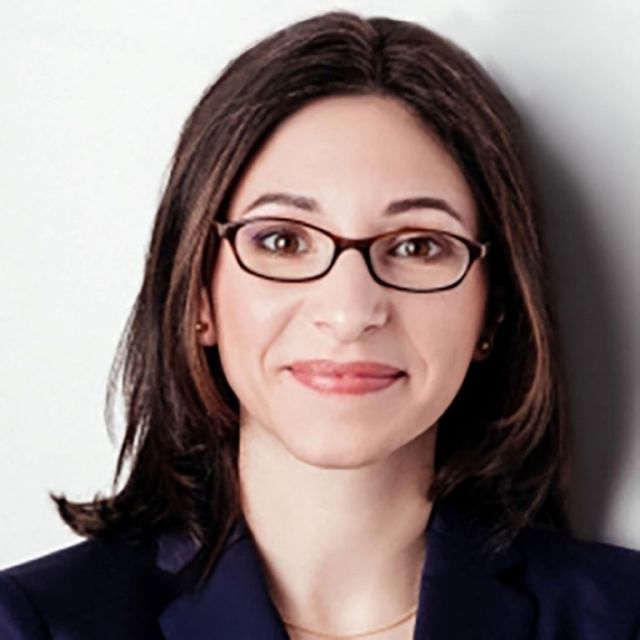Pushing Boundaries: Flows in Low Permeability Media

Speaker
Emilie Dressaire, Ph.D.
Assistant Professor
Department of Mechanical Engineering
University of California, Santa Barbara
Abstract
Generating and controlling fluid flow in low permeability environments is a challenge in natural and engineered systems. In this talk, I will discuss two studies involving the opening of fractures in a soft substrate and the clogging of microchannels. The injection of fluid in brittle elastic materials drive the formation of cracks. Besides, when the pressure is released, the fluid flows out of the crack, in a process called backflow. Using a model experiment, we characterize the growth of a disk-like crack that propagates upon injection of the fluid, and its collapse as the injection pressure is released. The viscous dissipation, elastic deformation, and toughness of the matrix are important physical parameters that control the fluid flow in the crack or blister. This strategy is commonly used in rocks of low permeability and could find applications in bioengineering. Yet the increase in permeability is only transient. A solution to avoid the closing of the crack formed by injection is to use suspensions of particles. However, the behavior of particles in confined systems remains mainly qualitative. I will discuss recent results obtained on the clogging of microchannels. When a suspension of particles flows in a microchannel, deposition and assembly can lead to the formation of a clog, followed by a stable aggregate of fixed porosity. I will present a model for the growth of the aggregate at the pore scale, which allows us to rationalize the evolution of the flow rate in networks of microchannels. Bridging the injection of fluid in elastic media with suspension dynamics is a promising route to advance printing in soft materials.
Bio
Emilie Dressaire received a B.S. in Engineering from ESPCI, France, in 2005, and a Ph.D. in Mechanical Engineering from Harvard University in 2009. She joined the Mechanical and Aerospace Engineering Department at NYU Tandon School of Engineering in 2014 and CNRS in 2017. She is now a faculty member in the Department of Mechanical Engineering at UCSB. She currently serves as a Member-at-Large on the Executive Committee of APS Division of Fluid Dynamics. Her research interests are centered around the areas of small scale fluid mechanics and soft matter physics, specifically focusing on interdisciplinary projects to develop bio-inspired methods to control and monitor fluid flows.